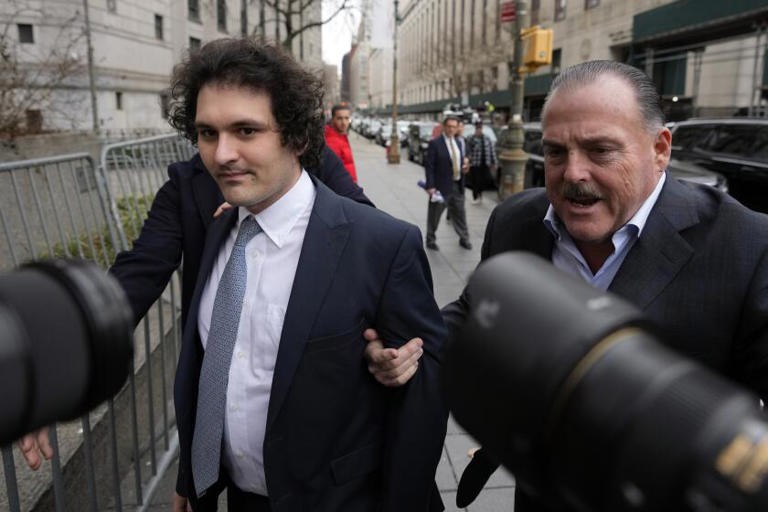FTX’s journey from a thriving cryptocurrency exchange to a spectacular collapse and subsequent reimbursement plan is a saga emblematic of the volatile nature of the crypto industry. Founded in 2019 by Sam Bankman-Fried, FTX quickly rose to prominence, boasting a user base of over 1 million and securing endorsements from prominent figures like NFL quarterback Tom Brady and NBA star Stephen Curry. Bankman-Fried, once hailed as a visionary leader in the crypto space, was lauded for his role in rescuing failing crypto firms and championing innovation.
However, FTX’s fortunes took a sharp downturn when users began withdrawing funds amid concerns about the exchange’s solvency. This mass exodus triggered a cascade effect across global crypto exchanges, leading to a catastrophic implosion. In November 2022, FTX filed for bankruptcy protection, signaling the collapse of one of the largest exchanges in the world.
The fallout from FTX’s collapse was swift and far-reaching. Customers, wary of losing their investments, sought answers and restitution for their losses. Amid the chaos, Sam Bankman-Fried’s reputation as a trustworthy figure in the industry was called into question. In December 2022, Bankman-Fried was arrested in the Bahamas and extradited to the U.S. to face criminal charges.
The subsequent trial shed light on the extent of FTX’s malfeasance. Prosecutors alleged that Bankman-Fried had misappropriated funds to fuel his quest for influence and dominance in the crypto world. It was revealed that FTX had a staggering shortfall at the time of its Chapter 11 filing, holding only a fraction of the bitcoin and ethereum that customers believed it possessed. Bankman-Fried was ultimately convicted of fraud in a scheme that defrauded customers and investors of at least $10 billion. In March, he was sentenced to 25 years in prison, marking a stunning downfall for the once-esteemed crypto mogul.
Amid the legal proceedings, FTX outlined a reimbursement plan aimed at compensating defrauded customers. The plan, detailed in a court filing with the U.S. Bankruptcy Court for the District of Delaware, earmarked between $14.5 billion and $16.3 billion for distribution. Under the proposed plan, customers and creditors owed $50,000 or less would receive approximately 118% of their claim, while most creditors would be entitled to a 9% interest rate. Despite offering some relief to affected customers, the reimbursement plan fell short of fully reflecting the current value of their cryptocurrency assets, given the significant appreciation in crypto prices since FTX’s collapse.
The billions earmarked for reimbursement were drawn from a diverse array of assets controlled by the debtors, government agencies, and private entities. However, the plan’s realization hinges on final approval from the U.S. Bankruptcy Court, underscoring the complexity of resolving the fallout from FTX’s collapse.
FTX’s saga serves as a cautionary tale for investors and industry stakeholders, highlighting the importance of transparency, accountability, and regulatory compliance in the crypto space. As the industry continues to evolve, the lessons learned from FTX’s demise will undoubtedly shape the future trajectory of cryptocurrency exchanges and the broader crypto ecosystem.
